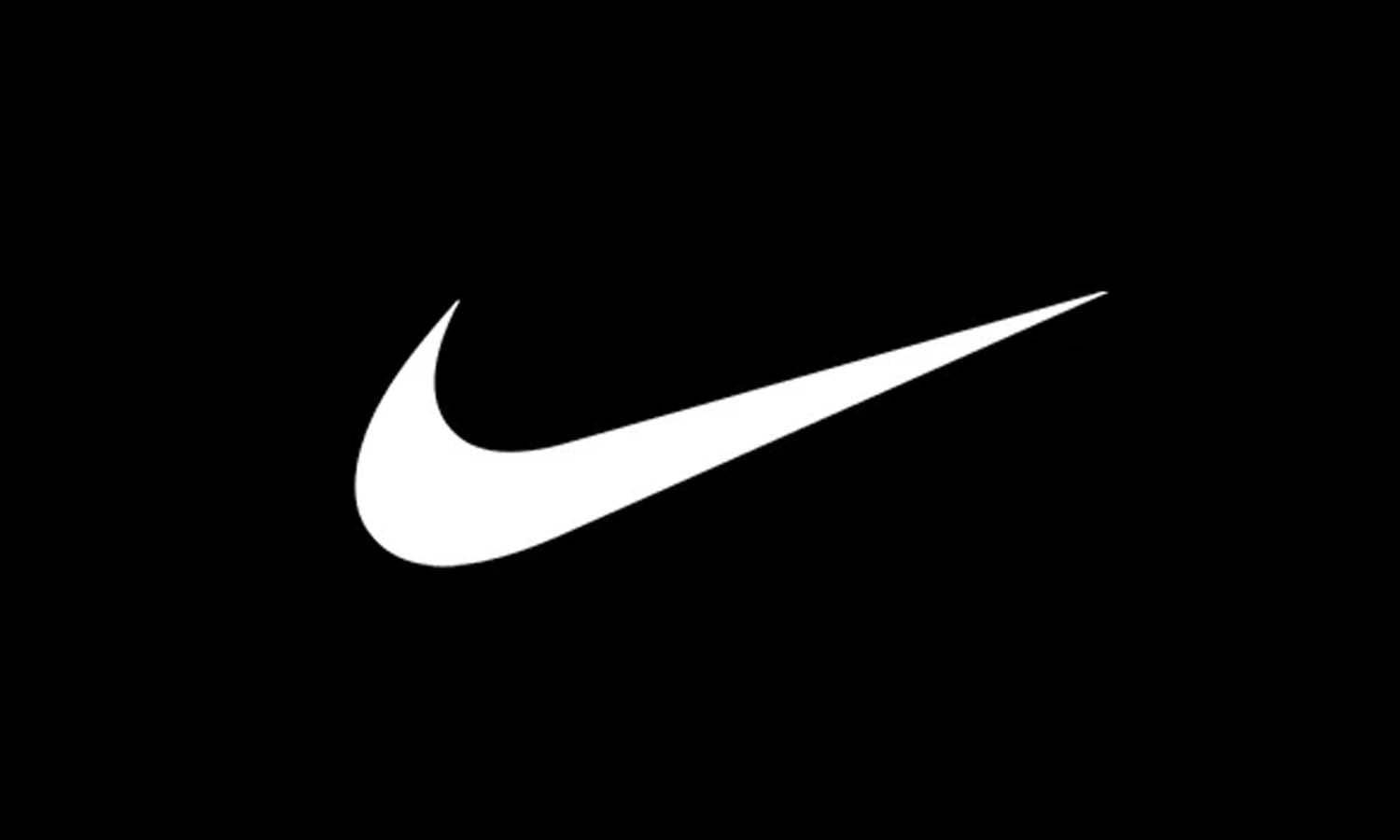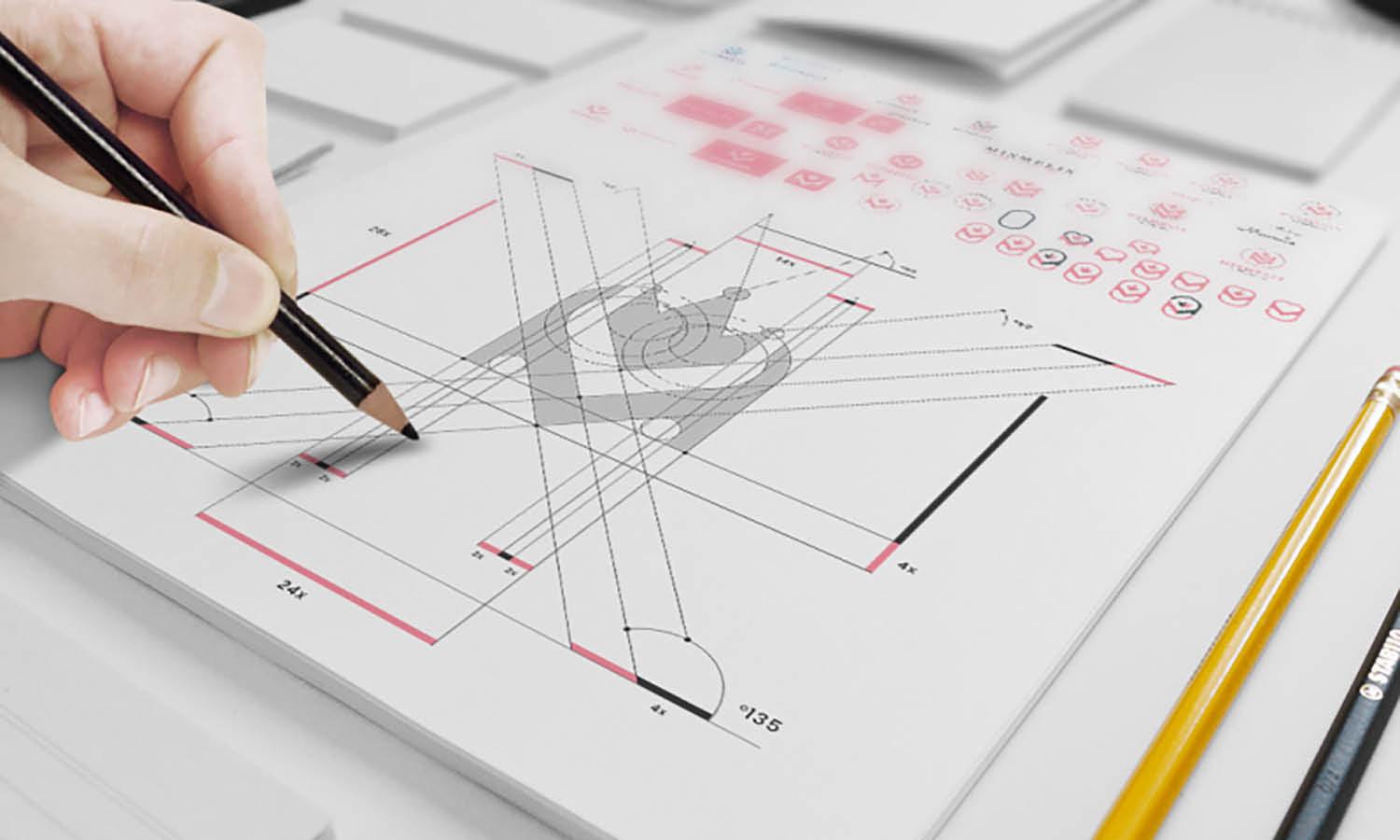New York Everyday Life: Navigating Slip and Fall Risks for Bronx Construction Workers—Safety Tips and Legal Support

New York City's skyline is a testament to the hard work of construction workers who build the city's future one beam at a time. With over 140,000 construction jobs in the state as of 2023, these professionals face unique challenges, including the high risk of slip and fall incidents. According to the New York State Department of Labor, falls account for nearly one-third of construction injuries, making prevention a top priority.
This article explores practical strategies to safeguard workers, emphasizing compliance with OSHA standards and local regulations. By focusing on proactive measures, we can create safer sites and empower workers to thrive in their roles.
Understanding Slip and Fall Risks in New York Construction
Construction sites in New York are dynamic environments where uneven surfaces, weather, and heavy machinery create slip and fall hazards. In urban areas like the Bronx, tight spaces and high-rise projects amplify these risks. Data from the Bureau of Labor Statistics shows that falls from heights or on the same level caused over 300 fatalities nationwide in 2022, with New York reporting a disproportionate share due to its dense building activity.
Key contributors include wet concrete, scattered tools, and unprotected edges. For instance, during rainy seasons, which are common in the Northeast, slick surfaces become prevalent. Workers in scaffolding or ladder work are particularly vulnerable.
Recognizing these patterns allows site managers to implement targeted interventions early. By addressing risks head-on, companies not only protect their teams but also reduce downtime and insurance costs, fostering a more efficient workflow.
The Role of OSHA Regulations in Worker Protection
The Occupational Safety and Health Administration (OSHA) sets the gold standard for construction safety in New York. Under 29 CFR 1926, employers must ensure fall protection systems like guardrails, safety nets, and personal fall arrest equipment for workers at heights over six feet. New York's adoption of these federal rules, plus state-specific enhancements via the Public Employee Safety and Health (PESH) program, strengthens enforcement.
Compliance involves regular inspections and hazard assessments. For example, OSHA's Walking-Working Surfaces standard mandates non-slip footwear and prompt cleanup of spills. Training is equally vital; certified programs teach workers to identify dangers and use equipment correctly. Sites that prioritize these measures see injury rates drop by up to 40%, per OSHA studies. This commitment not only meets legal requirements but builds a culture of accountability, where every team member feels valued and secure.
Training and Education: Empowering Construction Workers
Effective training transforms potential hazards into manageable tasks. In New York, programs like OSHA's 10-hour Construction Outreach Course provide foundational knowledge on slip prevention, tailored to local conditions such as winter ice or summer humidity. Employers should integrate hands-on simulations, where workers practice securing ladders or navigating debris-strewn floors.
Beyond basics, ongoing education covers emerging trends, like using anti-slip coatings on metal walkways. The New York Building Congress reports that well-trained crews report 25% fewer incidents. Encouraging open dialogue—through daily safety huddles—ensures workers voice concerns without fear. This collaborative approach boosts morale and productivity, turning safety into a shared strength rather than a checklist item.
Legal Protections and Recovery for Injured Workers
When accidents occur despite precautions, New York's workers' compensation system offers robust support. The law requires employers to carry insurance covering medical bills, lost wages, and rehabilitation for on-the-job injuries, including slips and falls. For severe cases, third-party claims against negligent contractors or equipment suppliers can provide additional recourse.
Understanding rights empowers workers to act swiftly. Documenting incidents with photos and witness statements strengthens cases. For Bronx residents, specialized legal guidance is invaluable. Consider speaking with a reputable Bronx slip and fall law firm, whose attorneys vigorously defend construction workers.
When accidents happen despite best efforts, New York's workers' compensation framework steps in as a vital safety net. This no-fault system covers medical treatments, temporary or permanent disability benefits, and up to two-thirds of lost wages, typically without proving employer negligence. For slips and falls, claims must be filed within 30 days of the incident, backed by medical reports and incident logs to expedite processing.
If third-party liability arises—such as faulty equipment from a supplier—personal injury lawsuits can pursue additional damages like pain and suffering. Consulting experienced attorneys early helps decode policy fine print and negotiate settlements.
Many firms offer free initial assessments, empowering workers to advocate for comprehensive coverage. This support not only aids physical healing but also eases financial strain, enabling a smoother return to work or career pivot. Prioritizing prompt action turns setbacks into recoverable chapters.
Essential Equipment for Slip Prevention on Sites
Investing in quality gear is a cornerstone of New York construction safety. Sturdy, steel-toed boots with slip-resistant soles, compliant with ASTM F2413 standards, provide critical traction. Harness systems with shock-absorbing lanyards are non-negotiable for elevated work, while temporary flooring like grating over wet areas offers immediate stability.
Site-wide tools, such as warning signs and barricades, alert teams to dangers. In high-traffic Bronx projects, portable toe boards prevent tools from falling. Maintenance is key; regular checks ensure equipment remains effective. Companies that equip their workers properly experience fewer claims and higher retention rates, proving that smart investments yield long-term gains.
Building a Safer Future: Best Practices for New York Sites
Preventing slip and fall accidents requires a holistic strategy. Start with site audits using checklists from the Associated General Contractors of New York, identifying vulnerabilities like poor lighting or cluttered walkways. Implement a “housekeeping” policy for daily cleanups, and leverage technology such as drone inspections for hard-to-reach areas.
Community partnerships, like those with the New York City Department of Buildings, provide resources for compliance. Celebrating milestones—zero-incident months—with team recognitions reinforces positive behaviors. Ultimately, safer sites mean stronger communities. By prioritizing worker well-being, New York's construction industry can continue shaping an innovative, resilient city for generations.
In summary, slip, and fall prevention in New York construction is achievable through vigilance, training, and support. Workers deserve environments where risks are minimized and, when needed, reliable allies for recovery. Let's commit to these practices today for a brighter, safer tomorrow.















